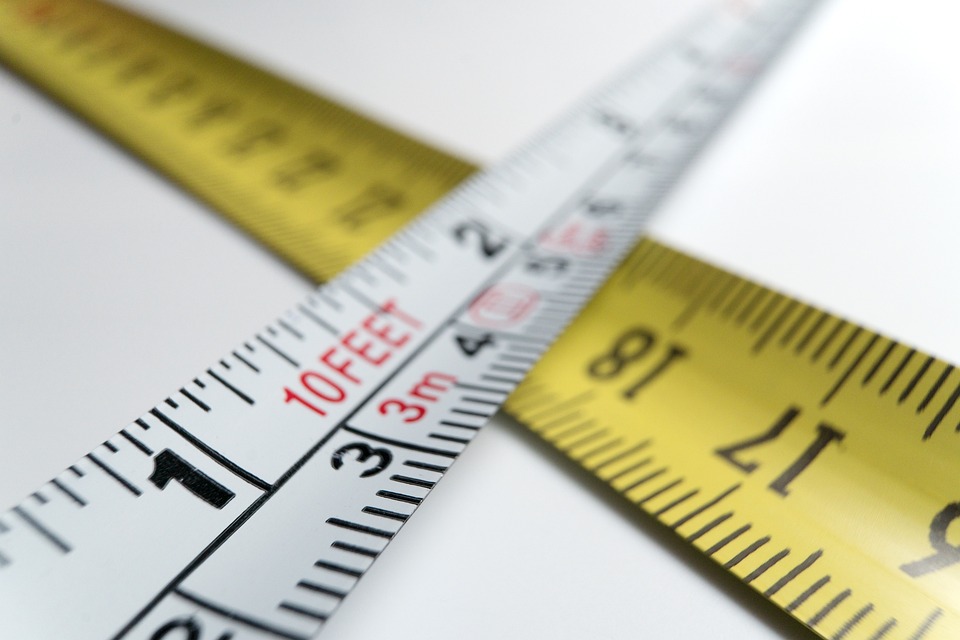Sewing enthusiasts know that the key to creating stunning and professional-looking garments is all in the details. And one crucial detail that can elevate your sewing game is bias tape. This versatile and essential tool can add a beautiful finishing touch to any project, from clothing to home decor. With the right techniques and a little practice, you can use bias tape to create stunning and polished finishes that will take your sewing projects to the next level.
What is Bias Tape?
Bias tape is a narrow strip of fabric that is cut on the bias, meaning it is cut at a 45-degree angle to the grain of the fabric. This allows the tape to stretch and bend, making it perfect for finishing raw edges, creating piping, or adding decorative accents to your sewing projects. Bias tape comes in a variety of widths, colors, and styles, making it a versatile and essential tool for sewists of all skill levels.
Expert Tips and Tricks for Using Bias Tape
1. Choosing the Right Bias Tape: When selecting bias tape for your project, it’s important to consider the weight and type of fabric you’re working with. For lightweight fabrics, such as chiffon or silk, choose a lightweight bias tape to avoid adding bulk to your seams. For heavier fabrics, such as denim or canvas, opt for a sturdy bias tape that can withstand the weight of the fabric.
2. Making Your Own Bias Tape: While store-bought bias tape is convenient, making your own bias tape allows you to customize the width, color, and fabric to perfectly match your project. To make your own bias tape, cut a strip of fabric on the bias, then fold and press the edges towards the center before folding the tape in half to create a finished edge.
3. Mastering the Mitered Corners: When using bias tape to finish the edges of a garment or create piping, mitered corners can add a polished and professional finish. To achieve perfect mitered corners, fold the bias tape at a 45-degree angle at the corner and stitch in place. This creates a clean and seamless transition from one edge to the next.
4. Using Bias Tape as a Design Element: Bias tape isn’t just for finishing edges; it can also be used as a decorative element in your sewing projects. Try using contrasting or patterned bias tape to add a pop of color and interest to hems, pockets, or seams.
5. Topstitching for a Clean Finish: To ensure that your bias tape lays flat and neatly on your project, take the time to topstitch along the edge of the tape. This not only secures the bias tape in place but also adds a professional and polished finish to your sewing project.
Whether you’re a beginner or an experienced sewist, mastering the art of using bias tape can take your sewing projects to the next level. With these expert tips and tricks, you can elevate your sewing game and create stunning finishes that will make your garments and home decor projects stand out. So next time you’re working on a sewing project, don’t forget to reach for the bias tape and take your sewing game to new heights!

